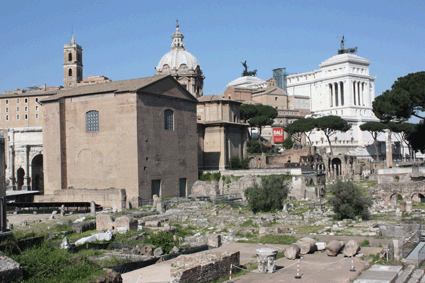The territory of the city between the ancient and the historical. Metamorphosis of the languages
DOI:
https://doi.org/10.6092/2281-4574/1848Keywords:
città, linguaggi, centri storiciAbstract
The dialogue between the ancient and the historical has developed on the anthropized territory, in the continuity and discontinuity, defining the spaces of residence, production, living, on which protection restrictions have been placed. Archaeology, landscape architecture and recently ecology give new life and reconfiguration to the past, which expresses itself through renewed languages, so that the signs testify not only past conditions, but also the present ones, as collective heritage connecting the past, the present and the future. Classic archaeology – through the ancient language, mural inscriptions, epigraphs and tombstones, street paths and objects of “material culture”, as well as through the support of direct and indirect documentary sources – tells about architecture and planning, aristocratic and plebeian life, opulence and poverty. Another kind of archaeology has rooted, the so called “industrial” one, related to dismissed productive areas. Nowadays the challenge is about a regeneration process able to connect properly conservation and transformation.
Downloads

Downloads
Published
Issue
Section
License
Gli autori che pubblicano su questa rivista accettano le seguenti condizioni:- Gli autori mantengono i diritti sulla loro opera e cedono alla rivista il diritto di prima pubblicazione dell'opera, contemporaneamente licenziata sotto una Licenza Creative Commons - Attribuzione che permette ad altri di condividere l'opera indicando la paternità intellettuale e la prima pubblicazione su questa rivista.
- Gli autori possono aderire ad altri accordi di licenza non esclusiva per la distribuzione della versione dell'opera pubblicata (es. depositarla in un archivio istituzionale o pubblicarla in una monografia), a patto di indicare che la prima pubblicazione è avvenuta su questa rivista.
- Gli autori possono diffondere la loro opera online (es. in repository istituzionali o nel loro sito web) prima e durante il processo di submission, poiché può portare a scambi produttivi e aumentare le citazioni dell'opera pubblicata (Vedi The Effect of Open Access).

